"Gente que estuvo muerta y lo que contó"

Hola, mis estimados amigos. Me imagino que por el título ya muchos de ustedes se habrán percatado de que mi propuesta para hoy está relacionada con eso que se suele llamar experiencias cercanas a la muerte, o ECM.
Se trata de personas que estuvieron clínicamente muertas. Y para los que no lo sepan, ya les iré explicando más adelante qué significa eso en términos médicos. Por ahora basta con decir que, si no hubiera sido por una intervención rápida, precisa, a veces también afortunada, no habrían vuelto. Sin embargo, contra todo pronóstico, regresaron al mundo consciente. Y no lo hicieron vacíos: contaron cosas.
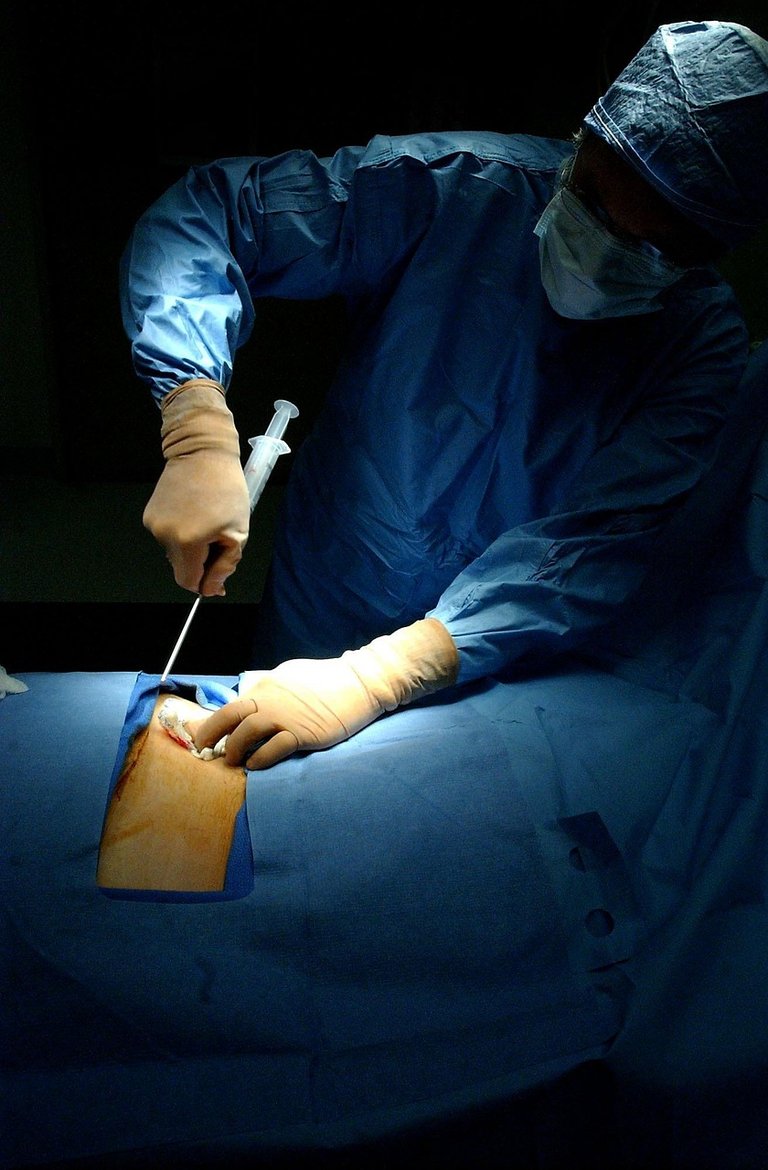
He leído cuanto ha estado a mi alcance. He visto entrevistas, documentales, incluso esas grabaciones caseras mal editadas que pululan por ahí, y que más allá del ruido, a veces dejan asomar una verdad. Pero no me movió la curiosidad morbosa, ni la búsqueda de lo sobrenatural. Fue algo más profundo, más sencillo: una necesidad de entender.
Porque la muerte no es ajena a los que trabajamos en salud. La vemos de cerca, a veces todos los días. Pero estas experiencias… estas grietas donde el cuerpo se detiene y sin embargo ocurre algo… eso merece otra mirada.
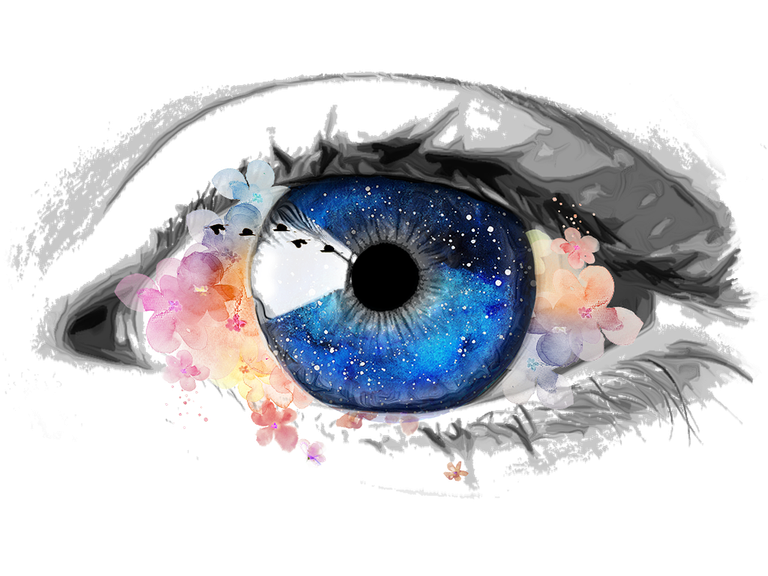
Yo soy psiquiatra. Trabajo con personas que lidian con lo intangible, con lo que no siempre se ve en una placa ni se corrige con una pastilla. Y por eso me interesan estas historias: porque tienen forma, pero también alma. Porque lo inexplicable no siempre es irreal.
He aprendido a detectar cuando alguien habla desde un delirio. He escuchado relatos que se desarman al segundo giro, que se contradicen solos, que se notan forzados. Pero hay otros, los que me llevan a escribir estas líneas, que tienen una coherencia distinta. Que no intentan convencer. Que simplemente están.

Una cosa importante es que no hay que confundir muerte clínica con muerte biológica. No son lo mismo. La primera ocurre cuando el corazón deja de latir, la respiración cesa, y no hay reflejos ni pulso. Es un punto de quiebre, una pausa radical. Pero todavía hay un margen. El cerebro, si bien afectado, puede no haber cruzado la línea del daño irreversible. Es una ventana estrecha, pero ventana al fin.
Y es en ese intersticio donde ocurre lo más desconcertante. Porque hay quienes, después de haber estado ahí, regresan con relatos que no encajan en lo que uno esperaría como simple producto de la hipoxia o el efecto de las drogas de reanimación.
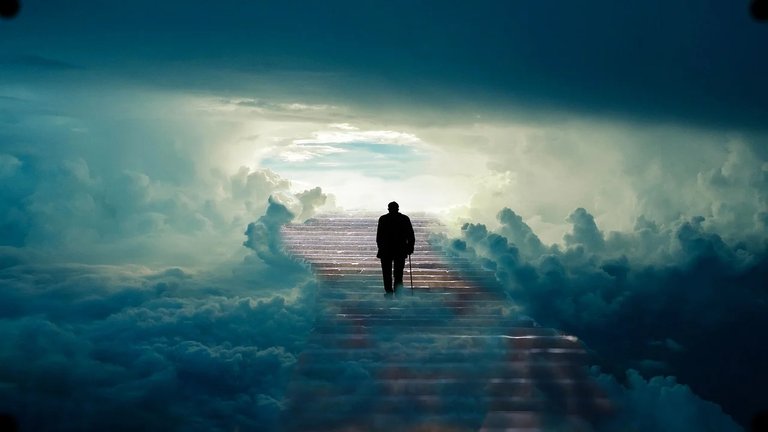
Muchos describen la sensación de haber salido del cuerpo. Algunos, una especie de túnel. Otros, una presencia. Otros más, una luz envolvente, una calma inmensa, difícil de nombrar. Pero lo que más me impacta no es eso, sino la actitud con la que lo cuentan. Sin teatro. Sin mística rebuscada. Con una mezcla de pudor y certeza que uno reconoce.
Raymond Moody fue uno de los primeros en recoger estos relatos de forma ordenada, en los años 70. Luego vinieron otros, como Bruce Greyson, que le puso método y años de estudio serio. El doctor Pim van Lommel publicó un trabajo en "The Lancet" que hizo ruido incluso entre los escépticos. Pero yo quiero detenerme un momento en otro nombre: el doctor Manuel Sans Segarra.

Sans Segarra no solo investigó ECM. Habló con psiquiatras. Contrastó historias. Preguntó con el rigor de quien no quiere dejarse llevar por la emoción. Y llegó a una conclusión que yo, desde mi experiencia, también comparto: esto no suena a alucinación.
Porque no es solo lo que cuentan, sino cómo lo cuentan. Hay una estructura que no se fragmenta, una emoción que no se sobreactúa, una lógica interna que no se parece al discurso delirante. Sans Segarra dice que uno aprende a distinguirlo con los años. Yo también lo creo. Y no se trata de que todos los relatos sean verdad absoluta —ni falta que hace—, sino de que merecen ser escuchados desde otro lugar.
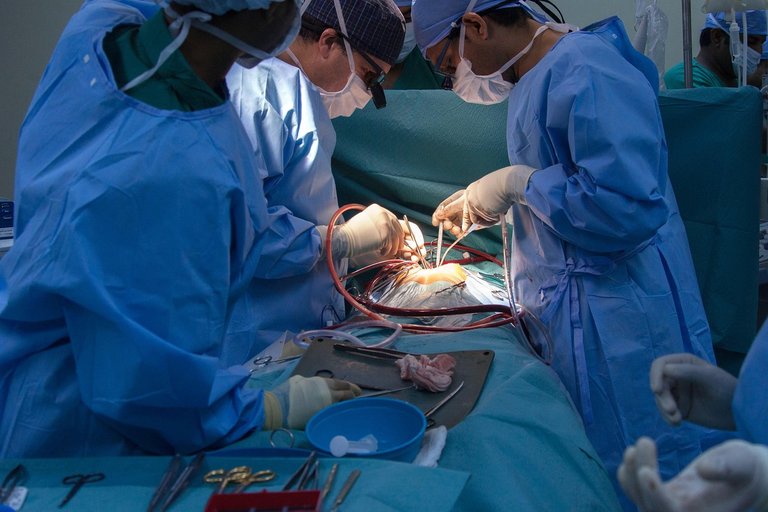
Les comparto algo personal. Fue hace algunos años, una guardia larga en un hospital provincial. Entró un hombre de mediana edad con un infarto agudo. Llegó sin pulso. Se aplicó el protocolo. Maniobras, medicación, desfibrilación. No les voy a mentir: hubo un momento en que pensé que lo perdíamos. Pero volvió.
Cuando ya estaba más estable, me pidió hablar conmigo. Lo vi diferente. No por el cansancio ni por el susto. Era otra la razón. Me miró fijo y me dijo:
—Doctor, yo estuve arriba. Lo vi a usted. Vi sus zapatos, su reloj. Escuché cuando uno de ustedes dijo que ya no había nada que hacer.

Yo lo dejé hablar. Me contó de un lugar tranquilo, de una presencia suave. De un niño que lo miraba. Era su hermano menor, fallecido en la infancia, un tema del que nunca hablaba y que casi nadie conocía.
Me impresionó, claro que sí. Pero más que los detalles, fue la forma en que lo dijo. Sin grandilocuencia. Con una serenidad que desarmaba. Me sentí más aprendiz que médico en ese momento.

A la semana volvió al hospital. No por un chequeo, sino para agradecer. Traía un ramo de flores y una sonrisa distinta. Me dijo:
—Esto me cambió. Ahora sé que todo esto vale. Y no quiero seguir igual.
Ese tipo de cosas no se explican fácil. Y, honestamente, tampoco creo que deban forzarse dentro de un marco que las agote. Si algún día se llega a entender con exactitud, bienvenido. Pero mientras tanto, mi responsabilidad es no cerrarme.

Con esto no busco convencer a nadie. Solo abrir una posibilidad. Hay experiencias que, aunque no cuadren con lo establecido, tienen un peso ético, humano, existencial. Y si alguien regresó de ese umbral con algo para decir, mi deber —como médico, como persona— es escuchar.
Y si algún día me toca a mí cruzar ese umbral, o caminar cerca de él, me gustaría hacerlo sabiendo que no desprecié ninguna historia. Que no confundí lo inexplicable con lo falso. Que viví con la mente abierta, con el corazón atento, y con la humildad de saber que no lo sé todo… ni falta que hace.
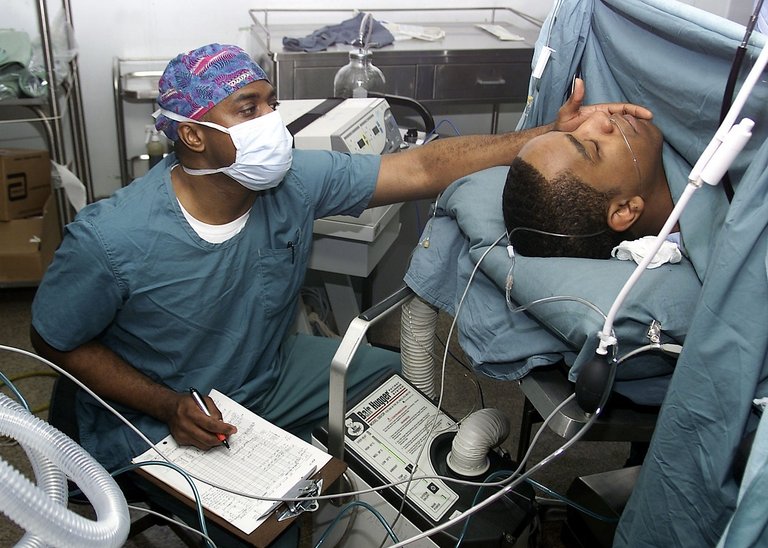
El texto es de mi autoría y fue realizado sin apoyo en IA.
Las imágenes fueron seleccionadas del archivo libre de Pixabay.
Para la versión en inglés se utilizó el traductor de Google.
English Version
"People who were dead and what they told".

Hello, my dear friends. I imagine that from the title, many of you have already guessed that my proposal today is related to what is commonly called near-death experiences, or NDEs.
It’s about people who were clinically dead. And for those who don’t know, I’ll explain later what that means in medical terms. For now, it’s enough to say that if it weren’t for quick, precise, and sometimes fortunate intervention, they wouldn’t have come back. Yet, against all odds, they returned to the conscious world. And they didn’t come back empty-handed: they had stories to tell.

I’ve read everything within my reach. I’ve watched interviews, documentaries, even those poorly edited homemade recordings floating around, which, beyond the noise, sometimes reveal a truth. But it wasn’t morbid curiosity or a search for the supernatural that drove me. It was something deeper, simpler: a need to understand.
Because death is no stranger to those of us who work in healthcare. We see it up close, sometimes every day. But these experiences… these cracks where the body stops and yet something happens… they deserve another perspective.

I’m a psychiatrist. I work with people grappling with the intangible, with what isn’t always visible on a scan or fixed with a pill. And that’s why these stories interest me: because they have form, but also soul. Because the unexplained isn’t always unreal.
I’ve learned to detect when someone is speaking from delirium. I’ve heard stories that fall apart at the second turn, that contradict themselves, that feel forced. But there are others, the ones that led me to write these lines, that have a different coherence. They don’t try to convince. They simply exist.

One important thing is not to confuse clinical death with biological death. They’re not the same. The first occurs when the heart stops beating, breathing ceases, and there are no reflexes or pulse. It’s a breaking point, a radical pause. But there’s still a margin. The brain, though affected, may not have crossed the line of irreversible damage. It’s a narrow window, but a window nonetheless.
And it’s in that interstitial space where the most disconcerting things happen. Because some who’ve been there return with accounts that don’t fit what one would expect as mere products of hypoxia or the effects of resuscitation drugs.

Many describe the sensation of having left their bodies. Some, a kind of tunnel. Others, a presence. Still others, an enveloping light, an immense calm, hard to put into words. But what strikes me most isn’t that—it’s the attitude with which they tell it. Without theatrics. Without contrived mysticism. With a mix of modesty and certainty that you recognize.
Raymond Moody was one of the first to collect these accounts systematically in the 1970s. Then came others, like Bruce Greyson, who applied method and years of serious study. Dr. Pim van Lommel published work in The Lancet that made waves even among skeptics. But I want to pause for a moment on another name: Dr. Manuel Sans Segarra.

Sans Segarra didn’t just study NDEs. He spoke with psychiatrists. He compared stories. He asked with the rigor of someone who doesn’t want to be swayed by emotion. And he reached a conclusion that I, from my experience, also share: this doesn’t sound like hallucination.
Because it’s not just what they recount, but how they recount it. There’s a structure that doesn’t fragment, an emotion that isn’t overacted, an internal logic that doesn’t resemble delusional speech. Sans Segarra says you learn to distinguish it over the years. I believe that too. And it’s not that every account is absolute truth—it doesn’t need to be—but that they deserve to be heard from a different place.

Let me share something personal. It was a few years ago, during a long shift at a provincial hospital. A middle-aged man came in with an acute heart attack. He arrived without a pulse. The protocol was followed. Maneuvers, medication, defibrillation. I won’t lie: there was a moment I thought we’d lost him. But he came back.
When he was more stable, he asked to speak with me. He seemed different. Not from exhaustion or fear. It was something else. He looked at me intently and said:
“Doctor, I was up there. I saw you. I saw your shoes, your watch. I heard when one of you said there was nothing left to do.”

I let him talk. He told me about a peaceful place, a gentle presence. A child watching him. It was his younger brother, who died in childhood—a topic he never spoke about and almost no one knew.
It impressed me, of course. But more than the details, it was the way he said it. Without grandiosity. With a serenity that disarmed me. I felt more like a student than a doctor in that moment.

A week later, he returned to the hospital. Not for a checkup, but to thank me. He brought a bouquet of flowers and a different smile. He said:
“This changed me. Now I know all this matters. And I don’t want to stay the same.”
These things aren’t easily explained. And honestly, I don’t think they should be forced into a framework that exhausts them. If one day we understand them exactly, great. But until then, my responsibility is to stay open.

I’m not trying to convince anyone. Just to open a possibility. There are experiences that, even if they don’t fit the established norms, carry an ethical, human, existential weight. And if someone returns from that threshold with something to say, my duty—as a doctor, as a person—is to listen.
And if one day I have to cross that threshold, or walk near it, I’d like to do so knowing I didn’t dismiss any story. That I didn’t confuse the unexplained with the false. That I lived with an open mind, an attentive heart, and the humility of knowing I don’t know everything… nor do I need to.

The text is my original work and was created without AI support.
Images were selected from Pixabay's free library.
The English version was translated using Google Translate.
Tengo mi propia explicación para esos hechos, una explicación neurofisiología bien sencilla... pero bueno... Al final cada cual se queda con su parte de la historia.
Buen tema 👍🏻
Cada día es un buen día para agradecer y crecer, siempre hay algo nuevo que logra sorprendernos y agradezco mucho esta historia que nos compartes, sé que hay muchas personas inventándose historias pero también he descubierto lo inexplicable y me da alegría entender que aún hay mucho por descubrir y conocer. Saludos.
Algún día todos absolutamente cruzaremos ese umbral, entonces solo entonces veremos todo como realmente es y habremos matado la añoranza.que tanto nos lastima en esta vida.
Gracias por un post que he tenido que leer en voz alta para Osmel y me ha quebrado la voz. GRACIAS.
“Gracias por compartir esta reflexión tan profunda y necesaria. A veces olvidamos que aunque atravesemos momentos oscuros o difíciles, siempre podemos renacer y transformar nuestra vida desde adentro.
Tu mensaje me inspira a no perder la esperanza y a seguir adelante con amor y paciencia hacia mí misma.
¡Abrazos de luz y fuerza para ti y para todas las que necesitan leer estas palabras hoy! 🌸✨”
Interesante post...!!
He leído varias experiencias de personas que dicen haber conocido o haber estado en "el más allá". Y todas coinciden en caracterizarlo como un lugar de ensueños, tranquilo, sublime...
Gracias...
Maravilloso este gesto de agradecimiento de tu paciente. ¡Cuánto reconforta escuchar historias como estas!
Sobre el tema que nos regalas, pues, como sabes, aún desconocemos tanto de nosotros mismos... Pero sin dudas es fascinante.
!MMB
!STRIDE
!ZOMBIE
!INDEED
!WEIRD
Hay quien ni siquiera se encuentra con esa clase de fenómenos y ya se siente el túnel o envuelto por una luz pacífica. Lo importante es que ellos se reciban y asuma como el detonante para el cambio interior, para existir de una manera más agradecida, plena.
Este post es excelente. Gracias por traer tanta información interesante de una manera diáfana.
Interesantísimo tu post. Merece ser mirado de cerca y bien valorado.
Creo firmemente en que suceden muchísimas cosas que se escapan más allá del razonamiento lógico.
Y que el mundo espiritual es tan real como el físico 🥰🥰🥰.
Congratulations @psicologopoeta! You have completed the following achievement on the Hive blockchain And have been rewarded with New badge(s)
Your next target is to reach 3000 upvotes.
You can view your badges on your board and compare yourself to others in the Ranking
If you no longer want to receive notifications, reply to this comment with the word
STOPCheck out our last posts:
Un texto profundo e interesante sobre un tema del que no se habla mucho. Siempre me ha llamado mucho la atención todo lo relacionado con la vida y la muerte. Soy enfermera y también vi caso asombrosos, difíciles de creer y entender. Gracias por compartir tus saberes.